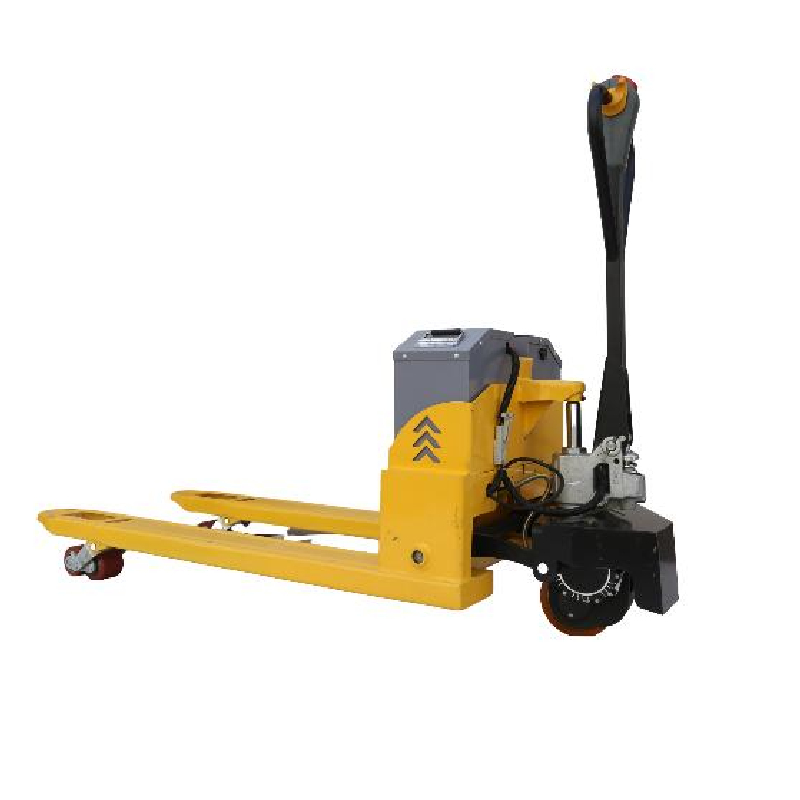


Understanding the Rigging Chain Block A Crucial Tool in Material Handling
In the world of construction, manufacturing, and heavy lifting, efficiency and safety are paramount. One of the essential tools that aid in achieving these goals is the rigging chain block. This device, often referred to as a chain hoist, is widely used for lifting heavy loads vertically. By understanding its components, functions, and advantages, we can better appreciate its importance in various industries.
A rigging chain block typically consists of a chain, a hoist mechanism, and a hook for attaching loads. The chain can be pulled manually or operated through an electric mechanism, raising or lowering the load as needed. The design of the chain block is such that it transfers the load's weight onto the hoist mechanism, allowing for controlled lifting. These blocks come in various capacities and configurations, making them adaptable to numerous lifting tasks, from small workshop projects to large-scale construction endeavors.
One of the primary advantages of using a rigging chain block is the significant mechanical advantage it provides
. By using a simple system of pulleys and gears, the effort required to lift heavy objects is considerably reduced, enabling workers to handle weights they may not otherwise be able to lift. This feature not only enhances productivity but also minimizes the risk of injuries, as operators can lift loads with greater control and stability.
Additionally, rigging chain blocks are designed with safety features that ensure secure lifting. Most models include a load limiter or brake system that prevents accidental drops, while robust construction materials ensure durability. Regular maintenance and inspections are also crucial in keeping the chain block in optimal working condition, further enhancing safety during operations.
The versatility of rigging chain blocks allows them to be used in a wide range of applications. In construction sites, they are instrumental in lifting beams, trusses, and other heavy materials. In manufacturing settings, they assist in assembling components or moving machinery. Even in the entertainment industry, chain blocks are used to set up stages and lighting rigs. Their ability to make heavy lifting much more manageable has made them an indispensable tool across various sectors.
In conclusion, rigging chain blocks play a vital role in facilitating safe and efficient material handling. With their mechanical advantages, safety features, and versatility, they enable workers to perform heavy lifting tasks with confidence. As industries continue to grow and evolve, the importance of reliable lifting equipment like rigging chain blocks will remain a fundamental aspect of operational success and workplace safety.



